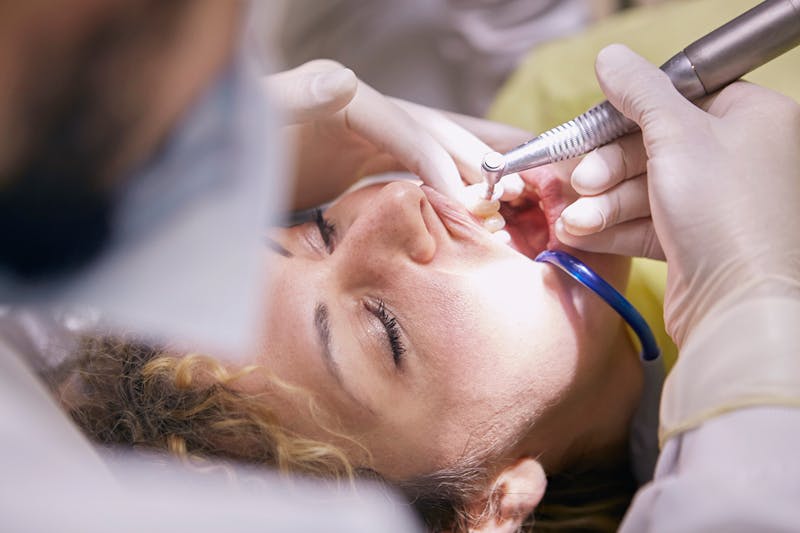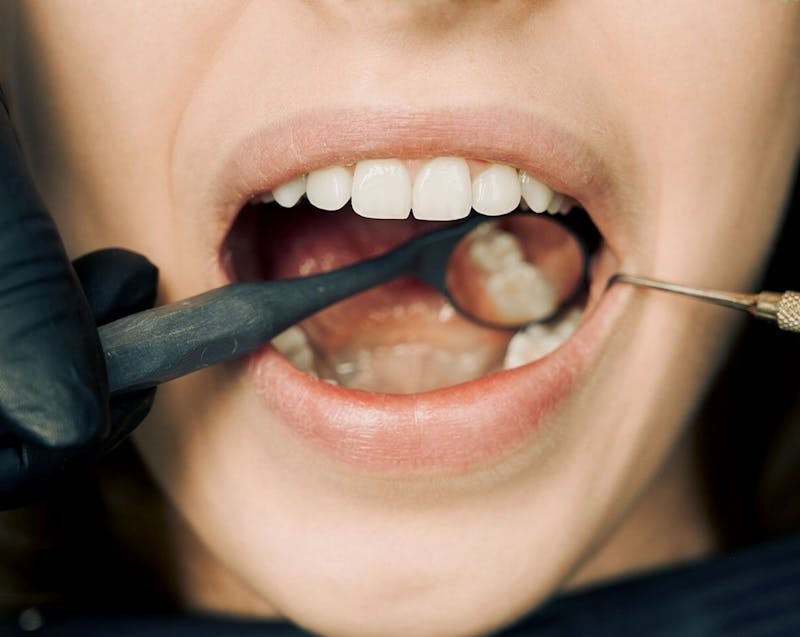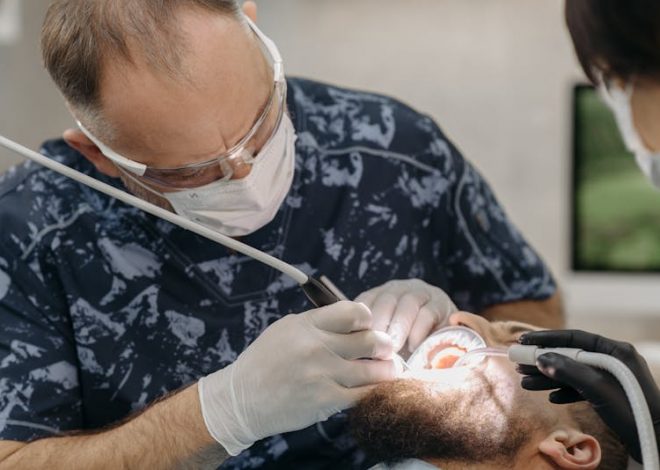
From Diagnosis to Aftercare: What Does a Dental Deep Cleaning Consist Of and Why You Might Need One

If your dentist has recommended a deep cleaning, you might be curious about what it actually entails and why it’s important. Unlike a routine dental cleaning that focuses on removing plaque and tartar from the visible parts of your teeth, a deep cleaning—also known as scaling and root planing—goes beneath the gumline to address more serious issues. This procedure is often necessary when early gum disease is detected, as it targets the bacteria and buildup contributing to inflammation and infection.
Deep cleanings are commonly advised for patients showing signs of gingivitis or periodontitis. Without intervention, these conditions can worsen, potentially leading to tooth loss and other complications. By thoroughly cleaning below the gums and smoothing the tooth roots, this treatment helps halt disease progression and supports gum healing. Knowing what to expect from the procedure can help ease concerns and promote a more confident approach to your oral care.
What Does a Dental Deep Cleaning Consist Of?
The deep dental cleaning procedure involves scaling and root planing. Depending on how advanced the gum disease is, the treatment may be completed in one or several sessions, with each visit focusing on specific areas of the mouth.
Here’s a step-by-step breakdown of what to expect:
- Examination and Diagnosis: Your dentist or hygienist first conducts a periodontal charting and may take X-rays to assess gum depth and bone health. Deep pockets between your teeth and gums often indicate the need for a deep cleaning.
- Scaling: This part involves removing plaque and hardened tartar (calculus) from both above and below the gumline. Specialized tools or ultrasonic instruments are used to clean deep into the gum pockets.
- Root Planing: Once scaling is complete, root planing smooths out the tooth roots to help gums reattach and reduce future plaque buildup. This step also reduces inflammation and bleeding.
- Antibacterial Treatment: In some cases, your dentist may apply a topical antibiotic or mouth rinse to kill any remaining bacteria and promote healing.
- Follow-up Appointments: After the initial treatment, follow-up visits are usually scheduled to monitor healing and ensure that the gums are responding well.
The deep dental cleaning procedure is typically done under local anesthesia to reduce discomfort, and patients may experience mild soreness or sensitivity afterward. However, the benefits far outweigh the temporary discomfort, especially if you’re dealing with early-stage gum disease.
How Do You Know If You Need a Deep Cleaning?

You might not always feel pain when you have gum disease, which is why regular dental checkups are crucial. However, certain signs can indicate that a deep cleaning is necessary. If you notice the following symptoms, it’s a good idea to speak with your dentist:
- Persistent bad breath
- Red, swollen, or bleeding gums
- Loose teeth or shifting teeth
- Gum recession (teeth appearing longer)
- Deep pockets forming between the teeth and gums
Dentists use a tool to measure the depth of these pockets—anything deeper than 3 millimeters may warrant a deep cleaning. Your oral hygiene habits, medical history, and lifestyle factors (like smoking) will also influence your dentist’s recommendation.
What to Expect After a Deep Dental Cleaning
After your deep cleaning, your gums may feel sensitive, and your teeth might react to hot or cold foods. This is normal and typically subsides within a few days. You’ll also be given specific aftercare instructions to aid healing and prevent infection.
Common aftercare tips include:
- Use a soft-bristled toothbrush and brush gently twice a day.
- Rinse with warm salt water to reduce swelling and aid healing.
- Avoid smoking or using tobacco, which can slow healing and worsen gum disease.
- Skip hard or crunchy foods for a few days to avoid irritating your gums.
- Take any prescribed medications as directed, including antibiotics or pain relievers.
Good oral hygiene after the procedure is critical. Most dentists recommend returning for more frequent cleanings every 3 to 4 months until your gum health stabilizes.
The Importance of Deep Cleaning in Long-Term Oral Health

A deep cleaning isn’t just about fixing a current issue—it’s also a preventive measure. When caught early, gum disease can often be reversed with proper care, and deep cleaning is a key part of that recovery. By thoroughly removing bacteria and smoothing the root surfaces, the procedure allows your gums to heal naturally and reduces the chances of further infection.
Without proper treatment, gum disease can progress and lead to serious complications, including bone loss and tooth extraction. That’s why understanding the importance of a dental deep cleaning—and taking action when it’s recommended—can protect your smile for years to come.
Final Thoughts
If you’ve been told you need a dental deep cleaning, don’t panic. The procedure is a safe, effective way to restore gum health and prevent further oral health issues. Knowing what a dental deep cleaning consists of, why it’s necessary, and how to care for your mouth afterward will empower you to take control of your dental care journey. Your smile—and your overall health—will thank you.


